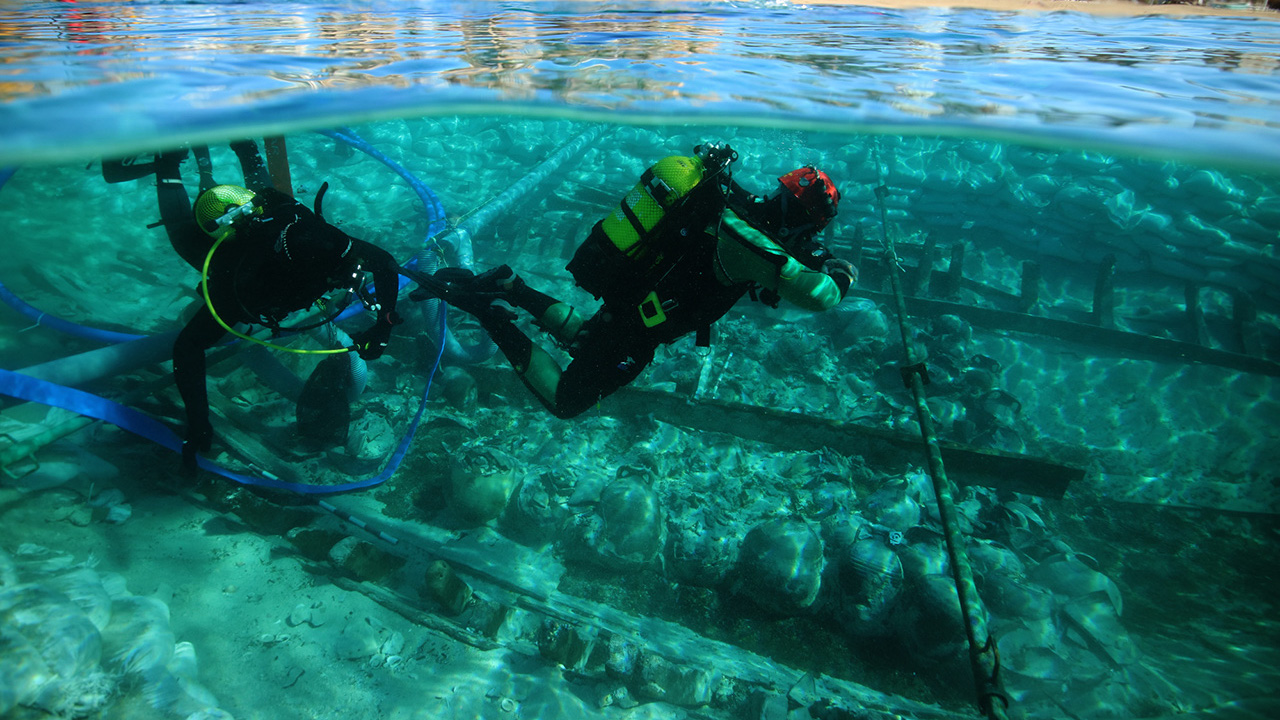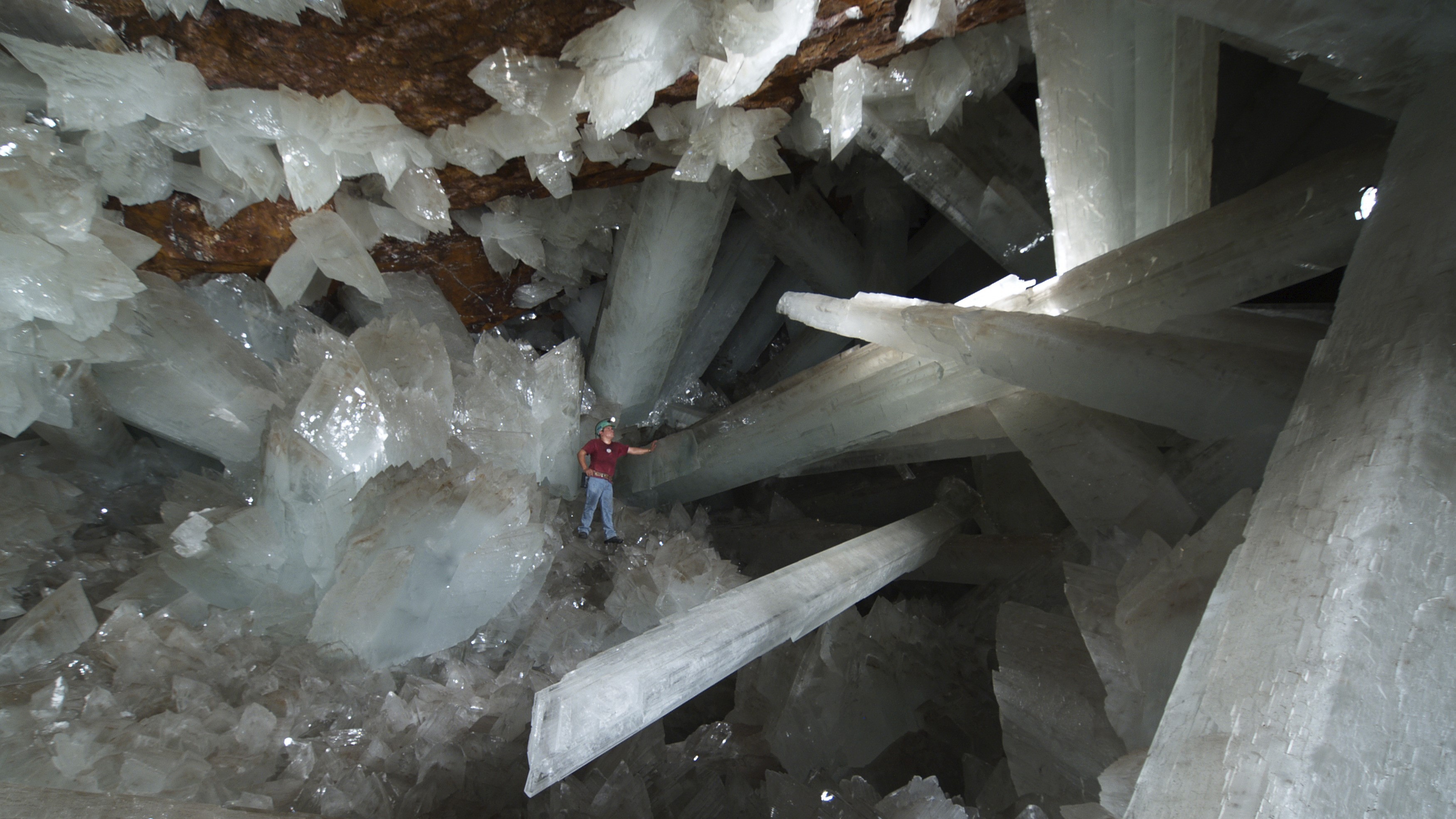Molecules, Vol. 28, Pages 2058: Novel Arylsulfonylhydrazones as Breast Anticancer Agents Discovered by Quantitative Structure-Activity Relationships
Molecules doi: 10.3390/molecules28052058
Authors: Violina T. Angelova Teodora Tatarova Rositsa Mihaylova Nikolay Vassilev Boris Petrov Zvetanka Zhivkova Irini Doytchinova
Breast cancer (BC) is the second leading cause of cancer death in women, with more than 600,000 deaths annually. Despite the progress that has been made in early diagnosis and treatment of this disease, there is still a significant need for more effective drugs with fewer side effects. In the present study, we derive QSAR models with good predictive ability based on data from the literature and reveal the relationships between the chemical structures of a set of arylsulfonylhydrazones and their anticancer activity on human ER+ breast adenocarcinoma and triple-negative breast (TNBC) adenocarcinoma. Applying the derived knowledge, we design nine novel arylsulfonylhydrazones and screen them in silico for drug likeness. All nine molecules show suitable drug and lead properties. They are synthesized and tested in vitro for anticancer activity on MCF-7 and MDA-MB-231 cell lines. Most of the compounds are more active than predicted and show stronger activity on MCF-7 than on MDA-MB-231. Four of the compounds (1a, 1b, 1c, and 1e) show IC50 values below 1 μM on MCF-7 and one (1e) on MDA-MB-231. The presence of an indole ring bearing 5-Cl, 5-OCH3, or 1-COCH3 has the most pronounced positive effect on the cytotoxic activity of the arylsulfonylhydrazones designed in the present study.

 1 year ago
24
1 year ago
24


